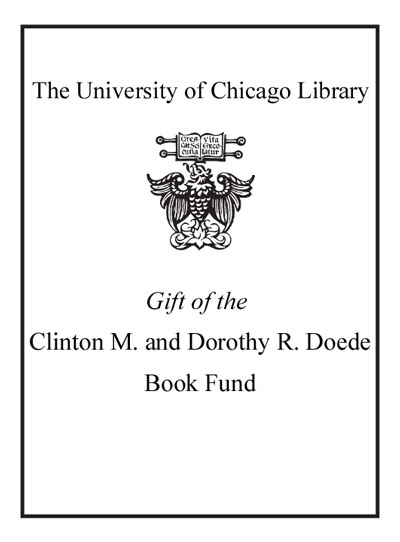The microtremor survey method /
Saved in:
| Author / Creator: | Okada, Hiroshi, 1934- |
|---|---|
| Imprint: | Tulsa, OK : Society of Exploration Geophysicists with the cooperation of Society of Exploration Geophysicists of Japan [and] Australian Society of Exploration Geophysicists, 2003. |
| Description: | xiv, 135 p. : ill. (some col.) ; 23 cm. |
| Language: | English |
| Series: | Geophysical monograph series ; no. 12 |
| Subject: | |
| Format: | Print Book |
| URL for this record: | http://pi.lib.uchicago.edu/1001/cat/bib/5127352 |
Table of Contents:
- Historical note and foreword to the SEG translation
- Translator's foreword
- Preface
- Acknowledgments
- 1. Introduction
- 2. Fundamental properties of microtremors
- 2.1. What are microtremors?
- 2.2. Power spectra of microtremors
- 2.3. Temporal and spatial variation of microtremors
- 2.3.1. Temporal variation of microtremors
- 2.3.2. Spatial variation of microtremors
- 3. Principle of the microtremor survey method
- 3.1. The microtremor survey method (MSM)
- 3.1.1. Wave type used in microtremor surveys
- 3.1.2. From dispersion of surface waves to subsurface structure
- 3.2. Spectral representation of microtremors
- 3.2.1. Spectral representation of a stochastic process
- 3.2.2. Spectral representation of microtremors
- 3.3. Detection of surface waves
- 3.4. Detection of Rayleigh waves from the vertical component of microtremors (frequency-wavenumber method)
- 3.4.1. Frequency-wavenumber power spectral density function
- 3.4.2. Beam-forming method
- 3.4.3. Maximum likelihood method or high-resolution method
- 3.4.4. Phase velocity and direction of wave propagation
- 3.4.5. Calculation of cross-spectra by block averaging
- 3.5. Detection of Rayleigh waves from the vertical component of microtremors (spatial autocorrelation method)
- 3.5.1. Spectral representation of microtremors in a polar coordinate system
- 3.5.2. The spatial autocorrelation function and the spatial covariance function
- 3.5.3. The spatial autocorrelation coefficient of a circular array and its relation to phase velocity
- 3.6. Detection of Love waves from microtremors (spatial autocorrelation method)
- 3.6.1. The spectral representation of horizontally polarized waves in microtremors
- 3.6.2. The spatial autocorrelation function for horizontally polarized waves
- 3.6.3. The spatial autocorrelation coefficient for horizontally polarized waves and wavenumber equation of Love waves
- 4. Estimating phase velocity and subsurface structure
- 4.1. Estimating phase velocity
- 4.1.1. Spatial autocorrelation (SPAC) method
- 4.1.2. Extended spatial autocorrelation (ESPAC) method
- 4.2. Estimating subsurface structure from phase velocity
- 4.2.1. Procedure for estimating subsurface structure
- 4.2.2. Inversion
- 4.2.3. Estimating adjustment parameters
- 4.2.4. Calculation procedure
- 4.2.5. Effective variables for refining a model
- 5. Data acquisition and analysis methods
- 5.1. Observing microtremors
- 5.1.1. Observation array
- 5.1.2. Data acquisition system
- 5.1.3. Time for data collection
- 5.2. Data analysis
- 5.2.1. Data analysis by frequency-wavenumber method
- 5.2.2. Data analysis by spatial autocorrelation method
- 5.2.3. Case history of estimating phase velocity
- 6. Case histories
- 6.1. Application of the frequency-wavenumber (f-k) method
- 6.1.1. Regional structural survey by long-period microtremors
- 6.1.2. Comparison of the result with a reflection seismic survey
- 6.2. Application of the spatial autocorrelation method
- 6.2.1. Evaluating the reliability of the spatial autocorrelation method by comparison with wireline log data
- 6.2.2. Estimating shallow and deep subsurface structures in earthquake damaged areas
- 7. Closing remarks
- References
- References for general reading
- Index


